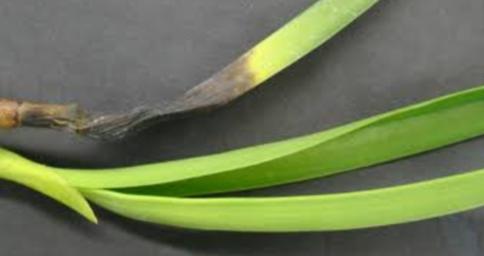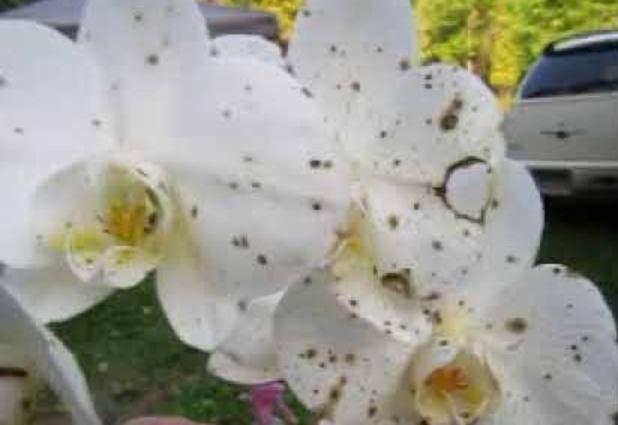Moth Orchid Plant
PHALAENOPSIS, commonly known as Moth Orchid, is an indoor orchid. Plant in well-draining orchid mix and provide filtered sunlight. Water consistently, allowing the growing medium to partially dry between waterings. Fertilize according to the specific orchid care guidelines.
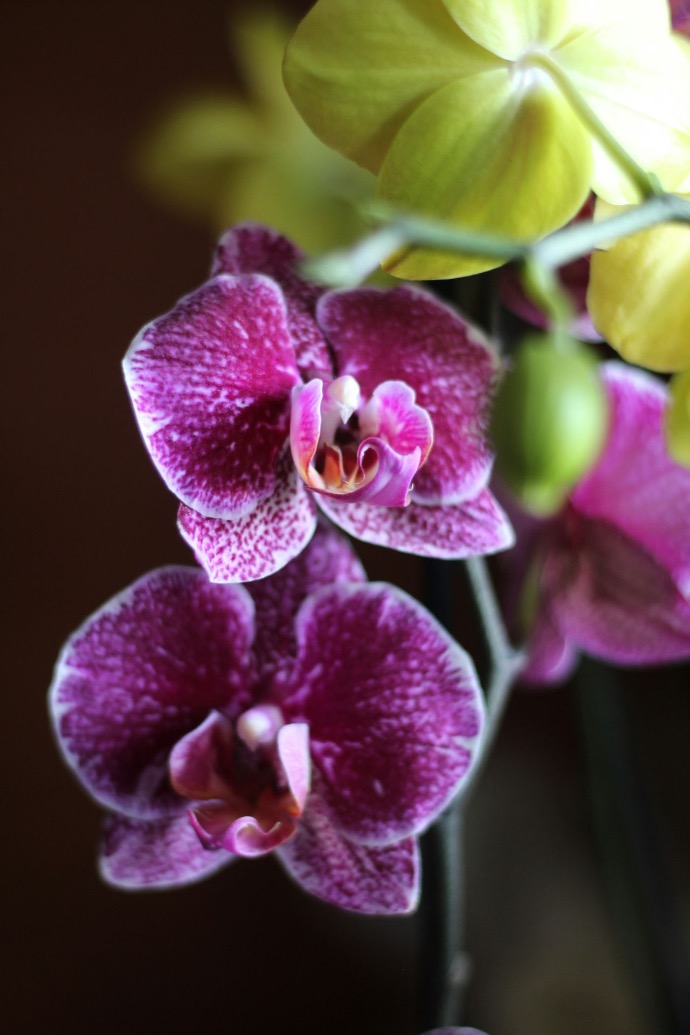
Habit
Epiphytic
Height
0.3-1 m
Growth
Moderate
Soil
Well Drained, orchid mix
Shade
Indirect light to shade
Moisture
Moist
Edible
No
Medicinal
No
Origin
Southeast Asia
Climatic Condition
Tropical
Temperature (°)
20-30°C
Humidity (%)
50-70
Potting media
Orchid mix
Fertilizers
Low-nitrogen NPK (5-10-5)
Watering
Regular, misting
Plant Weight
100-300 g
Flowering Time
Winter, Spring
Soil Ph level
5.5 - 6.5
Water Ph level
6.0 - 7.0
Soil EC
0.8-1.2 dS/m
Yield Per Plant
Ornamental, indoor
NPK ratio
20:20:20
life Span
Perennial
Health Benefits
Air purifier, decorative flowers
Suggested Grow Media or Potting Mix ?
50% bark, 30% perlite, 20% sphagnum moss
Suggested Fertigation/Fertilizers
Fertilize every 2 weeks with an orchid-specific fertilizer.
Common Diseases and Remedies
Botrytis , Black rot.
small water soaked spots on the leaves surrounded by yellow halos. The wet rot may have foul odour .
treat the orchid with cinnamon or antiseptic mouthwash.
HEALTH BENEFITS
- Improves indoor air quality by absorbing toxins.
- Enhances mood and reduces stress.
- Used in traditional medicine for wound healing and fever treatment.
What Is An Moth Orchid?
The Phalaenopsis orchid, also known as the Moth orchid, is a spectacular orchid species admired for its delicate and graceful appearance. Native to Southeast Asia, these orchids are prized for their colorful flowers that last long and are relatively easy to care for. It is popular for growing indoors because it thrives in indirect sunlight and constant humidity levels. With proper care, Phalaenopsis orchids can bloom many times throughout the year and add beauty and elegance to any room.
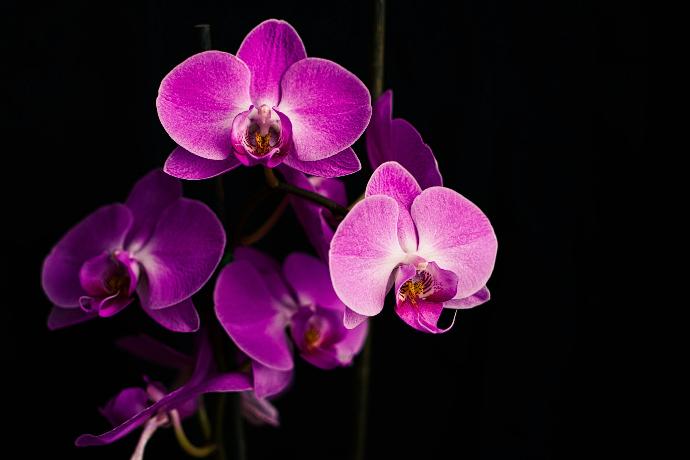
What Are The Different Types Of Moth Orchid Plants?
1. Phalaenopsis amabilis:
Known as the "moon orchid," it has white flowers and is a species from which many hybrids are derived.
2. Phalaenopsis:
Known for its showy purple and white flowers and uniquely patterned leaves.
3. Phalaenopsis bellina:
Features fragrant pink-purple flowers with yellow spots.
4. Phalaenopsis Aphrodite:
Large white flowers with a yellow or pinkish center.
5. Phalaenopsis hybrids:
There are countless hybrids that offer a variety of colors, patterns, and sizes and cater to different tastes and preferences.

How To Care For Moth Orchid Plants?
1. Location:
Phalaenopsis orchids are native to tropical regions of Southeast Asia, including the Philippines, Indonesia, and Malaysia. In the wild, it usually grows on tree branches or rock surfaces in moist, warm environments. When grown indoors, it thrives in bright indirect light and stable temperatures (usually between 18 and 27°C). It also provides a moist environment. Plants can mimic their natural habitat to encourage healthy growth, such as placing plants in trays filled with pebbles and water
2. Sunlight:
Phalaenopsis prefers bright, indirect sunlight. They thrive in areas that receive filtered or diffused light, such as near windows with sheer curtains or in areas exposed to indirect sunlight for several hours each day. Too much direct sunlight can cause sunburn and damage delicate leaves and flowers. It is best to avoid prolonged exposure to strong direct sunlight.
3. Soil:
Phalaenopsis is an epiphytic orchid. That is, in its natural habitat it typically grows on branches and other surfaces rather than on the ground. If you want to grow it, you'll need a well-drained potting soil that mimics natural growing conditions. For planting Phalaenopsis orchids, a special orchid mixture consisting of bark, perlite and peat moss is usually used. This type of medium has good aeration and drainage, which prevents roots from flooding. Do not use traditional potting soil as it is too moist and can cause root rot.
4. Hydration:
Assess the moisture content of the potting media by inserting your finger approximately 1 inch into the substrate before pouring. If it feels dry, it's time to water. Make sure the pot has drainage holes so excess water can drain out. Dump any water that collects in a saucer or tray under the pot to prevent roots from becoming stagnant in the water.
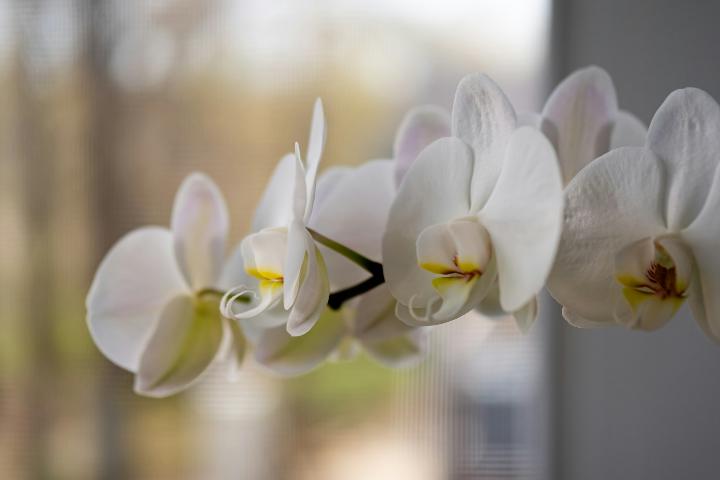
5. Nourishment:
Use a balanced orchid fertilizer specifically designed for epiphytic orchids such as Phalaenopsis. Dilute the fertilizer to half or quarter strength and apply every two to four weeks during the orchid's active growth period (usually spring through early fall). Reduce or stop fertilizing during plant dormancy in late fall and winter. Fertilize your Phalaenopsis when it is actively growing and putting out new leaves and roots. This usually occurs during the warmer months when the plant is in its growth stage.
5. Issues:
One of the most common problems is overwatering, which can lead to root rot. Ensure good drainage in the pot and allow the potting soil to dry slightly between watering. Watch out for common orchid pests such as aphids, mealybugs, and spider mites. Treat infestations immediately with insecticidal soap or neem oil. Also check for signs of fungal or bacterial infection, such as black spots or rotten roots. Prune affected areas and adjust watering methods to prevent further spread.
What Are The Benefits Of Moth Orchid Plant
Air Purification: Like all plants, Phalaenopsis improves air quality by absorbing carbon dioxide and releasing oxygen during photosynthesis. This contributes to a healthier indoor environment. Stress relief: Caring for orchids, including phalaenopsis, can be a rewarding and therapeutic hobby. Caring for plants has been proven to reduce stress and promote relaxation. Decorative Accent: Phalaenopsis adds elegance and beauty to any room with its graceful flowers and attractive foliage. Serves as a stunning decorative accent at home, office, event, etc. Educational Opportunities: Cultivating Phalaenopsis orchids provides opportunities to learn about plant care, biology, and horticulture. A practical way to explore nature and hone your gardening skills.
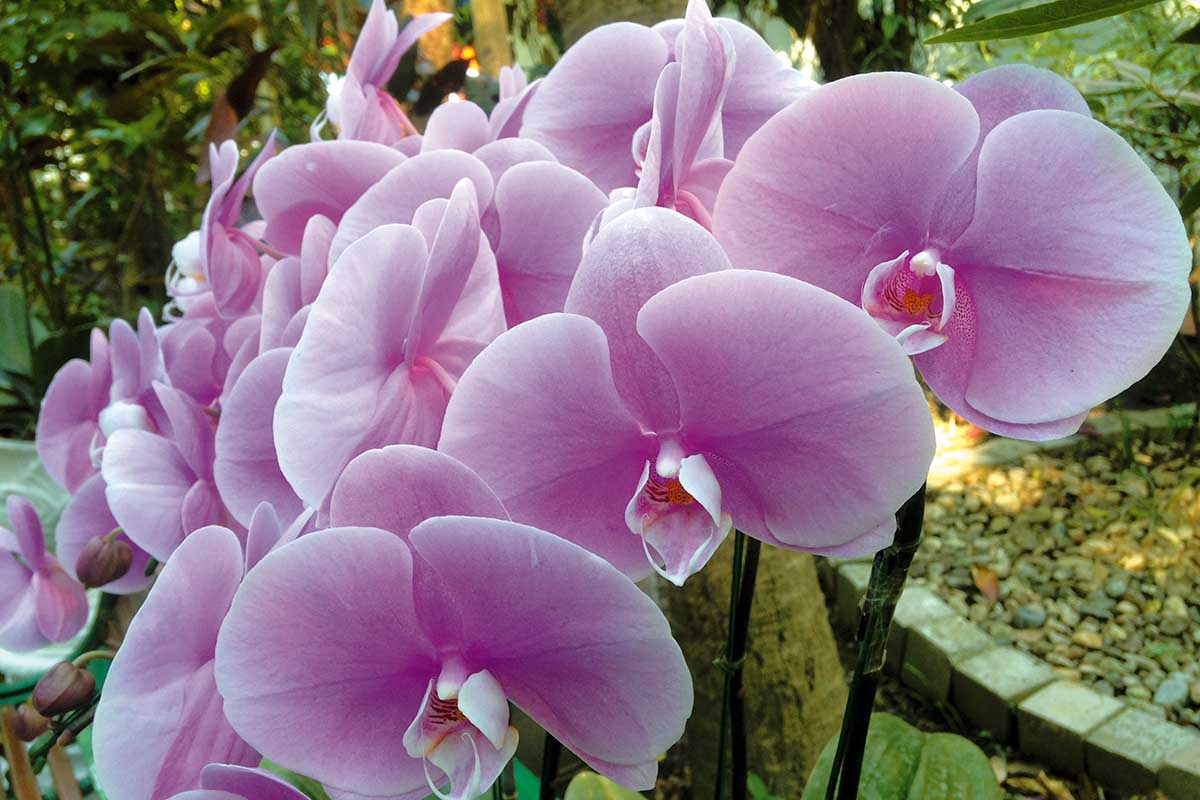
FAQs About Growing Moth Orchid Plants
1. What are the main characteristics of the Phalaenopsis plant?
The leaves of Phalaenopsis are wide, glossy, and usually dark green in color. They have a leathery texture and are arranged in rosettes at the base of the plant. Phalaenopsis flowers are graceful and often resemble fluttering moths, hence the name. They come in a variety of colors, including white, pink, purple, yellow, and combinations thereof. Phalaenopsis produces long, slender stems called inflorescences at the base of the plant or between the leaves.
2. What are the common characteristics of Phalaenopsis flowers?
Phalaenopsis flowers usually have a wide, open shape with multiple petals arranged in a symmetrical pattern. Phalaenopsis flowers come in a wide range of colors, including white, pink, purple, yellow, orange, and many shades in between. The size and number of Phalaenopsis flowers vary depending on the variety and growing conditions.
3. What are the optimal lighting conditions for Phalaenopsis?
Phalaenopsis prefers bright indirect light rather than direct sunlight. Ideally, it should be placed near a window with sheer curtains or where it receives filtered light from a nearby light source. Too much direct sunlight can burn the leaves and fade the flowers.
4. What type of potting soil should I use for Phalaenopsis orchids?
For Phalaenopsis orchids, use a well-drained potting mix that mimics their natural epiphytic environment. It is important to use A common and effective potting mix for moth orchids is a special orchid mix that usually consists of a combination of organic and inorganic materials.
5. Do Phalaenopsis orchids come in unique color variations?
Yes, Phalaenopsis orchids (Phalaenopsis orchids) come in a variety of unique colors and are very popular among orchid enthusiasts. For example, a pure white Phalaenopsis orchid is classic and elegant, and the perfect flower will complement any interior. Pink Phalaenopsis Adds color to your interiors, from soft pastels to vibrant hues. Many Phalaenopsis varieties feature bicolored flowers that feature combinations of two or more colors in intricate patterns and patterns.
